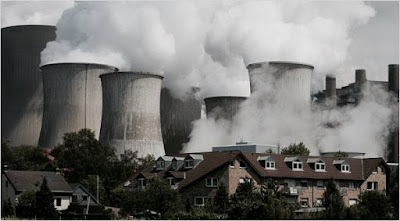2014 breakthroughs in wind turbine technology drive down the costs of building wind farms
Breakthroughs in wind technology have everything from lasers pinpointing the direction of the wind, so that turbine blades can optimize their productive capacity by automatically adjusting their position, to advancements in blade design that increase flow and decrease drag. 2014 saw the increased use of strong, light corrosion resistant composite materials for tower and foundation structures. Blades have been increasingly produced from not only fiberglass, but also epoxy resins, polyesters and carbon fiber. In addition, the latest trends in global wind turbine technology include augmenting wind power with energy storage, integrating smart grid technology into turbine operation and moving wind farms offshore.
 Recently, this renewable energy technology has been put on a stronger economic footing to compete with coal and natural gas. Two types of technologies in particular address storage and intermittency concerns, factors which have held wind back from achieving grid parity with fossil fuels until 2013-2014. An industrial smart system sends data to operators in many new turbine units, predicting wind strength and optimal position for turbines based on the forecasted wind speed and direction. In addition, renewable energy storage technologies (like lithium-ion batteries) store excess electricity when more energy is produced by the wind than what is needed, and feed it back into the grid when the wind slows down, or when it stops blowing.
Recently, this renewable energy technology has been put on a stronger economic footing to compete with coal and natural gas. Two types of technologies in particular address storage and intermittency concerns, factors which have held wind back from achieving grid parity with fossil fuels until 2013-2014. An industrial smart system sends data to operators in many new turbine units, predicting wind strength and optimal position for turbines based on the forecasted wind speed and direction. In addition, renewable energy storage technologies (like lithium-ion batteries) store excess electricity when more energy is produced by the wind than what is needed, and feed it back into the grid when the wind slows down, or when it stops blowing.
As of 2014, the number of countries with more than 1 GW of installed capacity for wind energy reached at least 24: with 16+ in Europe, 4 in Asia-Pacific (China, India, Japan & Australia), 3 in North America (Canada, Mexico, US) and 1 in Latin America (Brazil)...
Please see: http://www.greencitytimes.com/Renewable-Energy/wind.html for the rest of the article.
Related wind energy articles:

